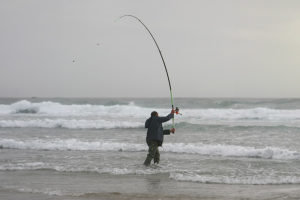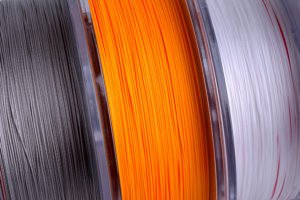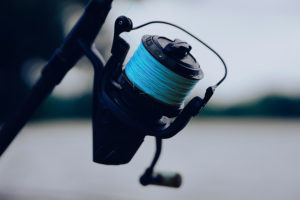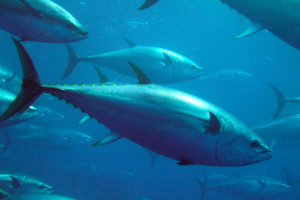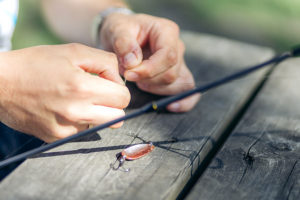5 recomendaciones para que tu captura siga creciendo sana tras la suelta
Una correcta manipulación de las capturas aumenta la supervivencia en la pesca sin muerte
Cada vez son más los pescadores de casi todas las modalidades de pesca deportiva que practican su pasión liberando a los peces tras su captura. La práctica de la pesca deportiva sin muerte, o C&R (del inglés Catch and Release – Captura y Suelta) no es nueva, se practica desde hace muchos años en muchos lugares del mundo, y en la regulación de la pesca de algunas especies de aguas continentales, como la trucha común (Salmo trutta), podemos encontrar cotos y tramos “sin muerte” desde hace décadas. Sin embargo, esta práctica está viviendo su auge en los últimos años, y cada vez son más los que se unen a la pesca deportiva con un planteamiento de respeto máximo por las capturas y de liberación, especialmente en los casos de especies sin interés gastronómico o de tallas bajas.
Lo que aún es desconocido por muchas personas que practican esta maravillosa afición es que la supervivencia del pez que liberan depende mucho de cómo se manipulan fuera del agua.
Hay determinadas acciones que están arraigadas en la práctica de los pescadores deportivos y que, sin embargo, es importante modificar para evitar daños innecesarios en aquellas piezas que van a volver al agua.
En WeFish, vamos a exponer una serie de recomendaciones para hacer una manipulación correcta de la pieza cobrada.
1.- En la Captura y Suelta… ¡El tiempo es oro!
Los peces, todos ellos, de mar o de agua dulce, tienen un complejo sistema respiratorio que les permite obtener el oxígeno necesario para vivir directamente del agua. Fuera del agua son incapaces de obtener oxígeno, por lo que se ahogan. Si bien es cierto que hay especies que presentan una mayor capacidad de aguante fuera del agua, todos ellos necesitan volver al agua pronto. Para algunas especies estar 1 minuto fuera del agua es mortal. Por tanto, es fundamental que seamos rápidos: desanzuelar, foto y al agua!
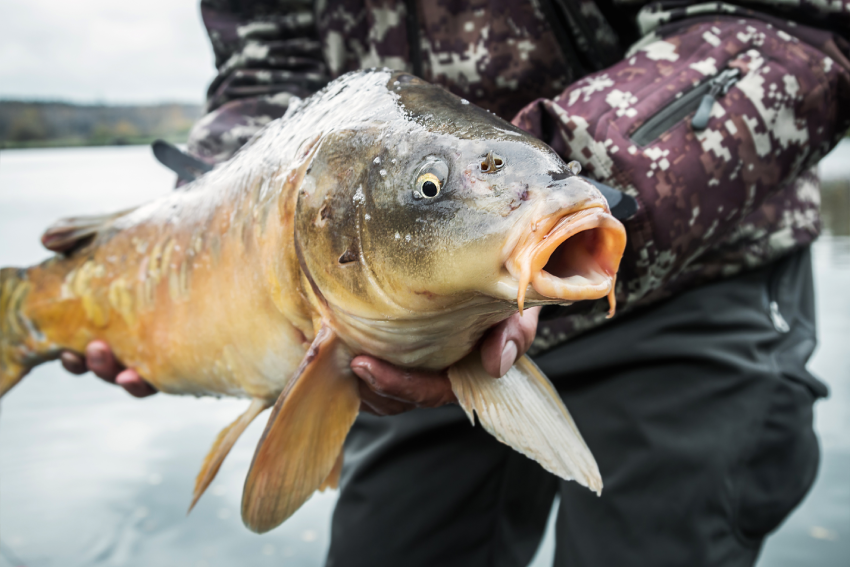
2.- No me toques las branquias
A ambos lados de la cabeza de un pez podemos encontrar unas hendiduras donde se alojan las branquias, protegidas por una especie de tapa que actúa a modo de válvula y que se llama opérculo. Para respirar los peces toman agua por la boca. Esa agua atraviesa las branquias – donde el pez obtiene el oxígeno – y finalmente vuelve al exterior a través del opérculo. Las branquias son un tejido blando muy capilarizado, laminar o filamentoso que es capaz de captar el oxígeno disuelto en el agua. Son extremadamente sensibles y frágiles, por lo que nunca se deben tocar, y mucho menos introducir los dedos por la hendidura tras el opérculo a modo de agarre para que no se nos caiga una captura. En esos casos la mortalidad se dispara. Puede parecer que nuestra captura huye al liberarla, pero tras varias horas un alto porcentaje morirá.
3.- Suave que me estás matando…
La práctica totalidad de los órganos de un pez, tales como el intestino, los riñones, el corazón, el hígado, la vejiga, … se encuentran alojados en la cavidad abdominal. La cavidad abdominal se encuentra en la zona ventral inmediatamente después de la cabeza, en la zona de las aletas pectorales. Esta zona es el lugar más habitual por el que sostenemos a un pez mientras le estamos desanzuelando. Si ejercemos una excesiva presión, causaremos daños internos en los órganos del animal, que posteriormente le costarán la vida. Por tanto, aunque el anzuelo se resista, estemos nerviosos o deseando liberar a nuestra captura del anzuelo, tenemos que ser muy cuidadosos y no apretar demasiado. Si no, estaremos haciendo grip and kill, del inglés, apretar y matar.
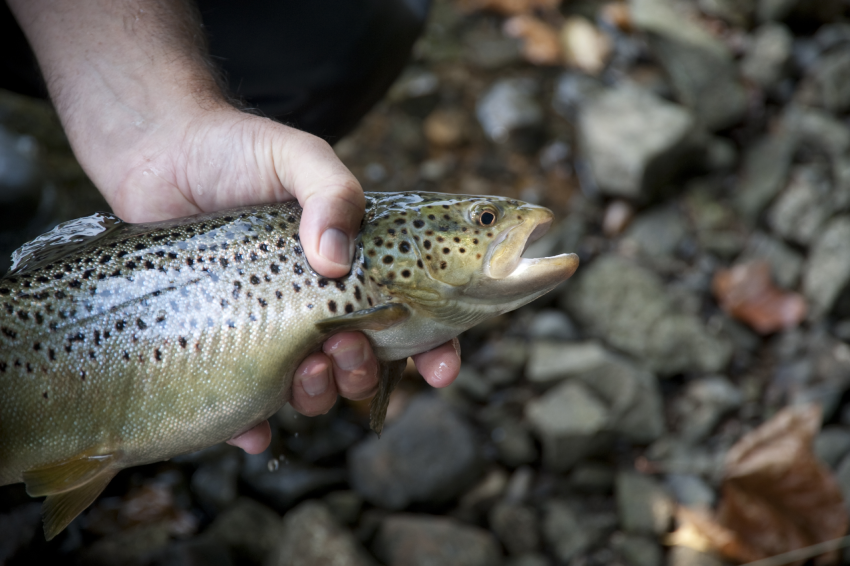
4.- Captura y suelta, mejor sin heridas
Cualquier pescador sabe que la superficie de los peces es muy suave debido a que está recubierta de una sustancia resbaladiza que a veces nos pone muy difícil evitar que se nos escurra una captura. Esa sustancia mucilaginosa que recubre al pez le protege de infecciones y aumenta su hidrodinamismo, reduciendo la resistencia y el rozamiento al nadar. La superficie de los peces es muy sensible, y cualquier contacto con materiales como tejido seco (el trapo que todos llevamos para limpiarnos) o roces con el suelo, arena o piedras produce pérdida de esa sustancia resbaladiza y también pequeñas heridas, que posteriormente suelen provocar en el pez infecciones variadas. Es importante manipular a nuestras capturas con las manos mojadas o con guantes plásticos humedecidos, y evitar golpes y roces en la medida de lo posible.
5.- La era del estrés
Por si nos creíamos que el estrés es patrimonio exclusivo del ser humano… estamos equivocados… Todos los animales sufren diferentes tipos de estrés. Cuando conseguimos que un pez muerda nuestro anzuelo, comienza una lucha que en la mayoría de los casos vence el pescador. En ocasiones la lucha es duradera e incluso traumática. Esto provoca dos efectos en nuestra captura: extenuación o agotamiento debido al alto gasto energético de la lucha, y estrés fisiológico. Ambas cosas pueden producir que el sistema inmune de nuestra pieza baje mucho y sus probabilidades de sobrevivir disminuyan. ¿Como podemos evitar esto? Por ejemplo usando una sacadera, manipulando con cuidado y correctamente, evitando abrir en exceso la boca, tocar los ojos…
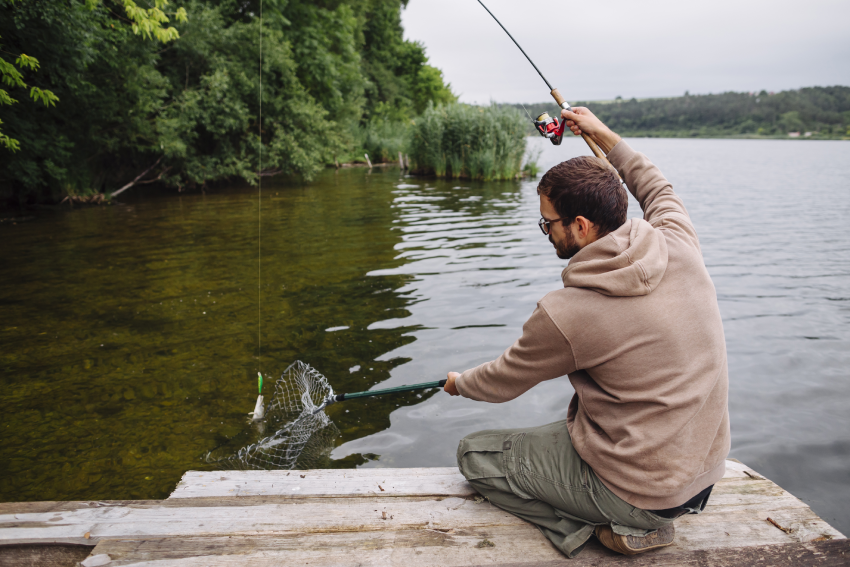
En definitiva, todo lo expuesto anteriormente puede resumirse en que cuando manipulamos un pez al que deseamos devolver al agua para que siga creciendo, debemos de ser muy conscientes de que tenemos en nuestras manos un organismo extraordinario y muy frágil, que tenemos que tratar con sumo cuidado y delicadeza y devolverlo a su medio cuanto antes.
Artículo del WeFisher Jorge de los Bueis.
En WeFish siempre apostamos por una pesca responsable y sostenible, por lo que fomentamos la práctica de la captura y suelta y el respeto hacia la especie a través de nuestro manual de uso. ¡Únete a nosotros y demuestra que eres un pescador responsable!





